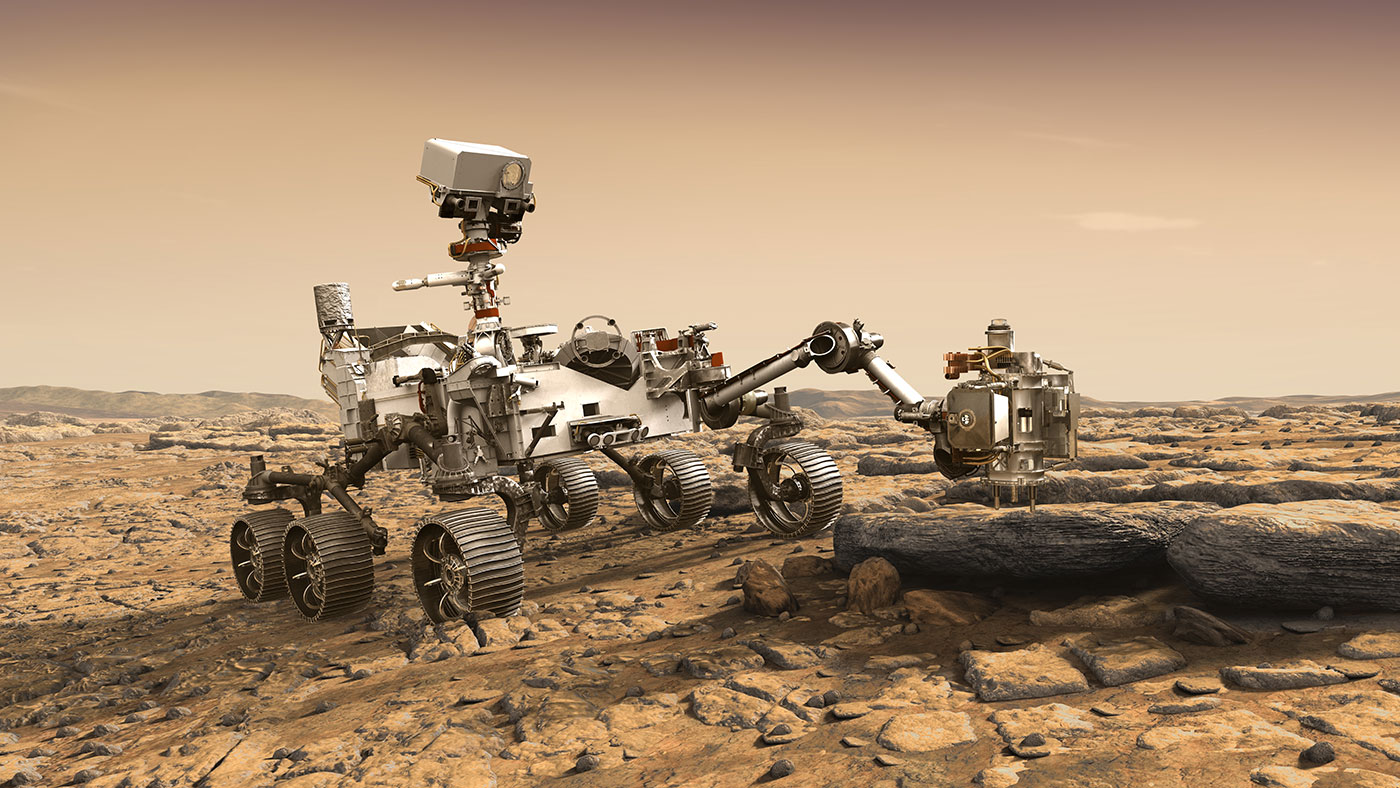Tag: spacevehicle
-

Mankind’s tryst with Mars in July 2020
It’s the monsoon season as the dark clouds with loads of rainy water surge upon northern India while you feel lounging in the living room with relief from the sweltering heat of past days. About thousands of miles away, on the west coast of the Atlantic, NASA is preparing to take on a journey down…
